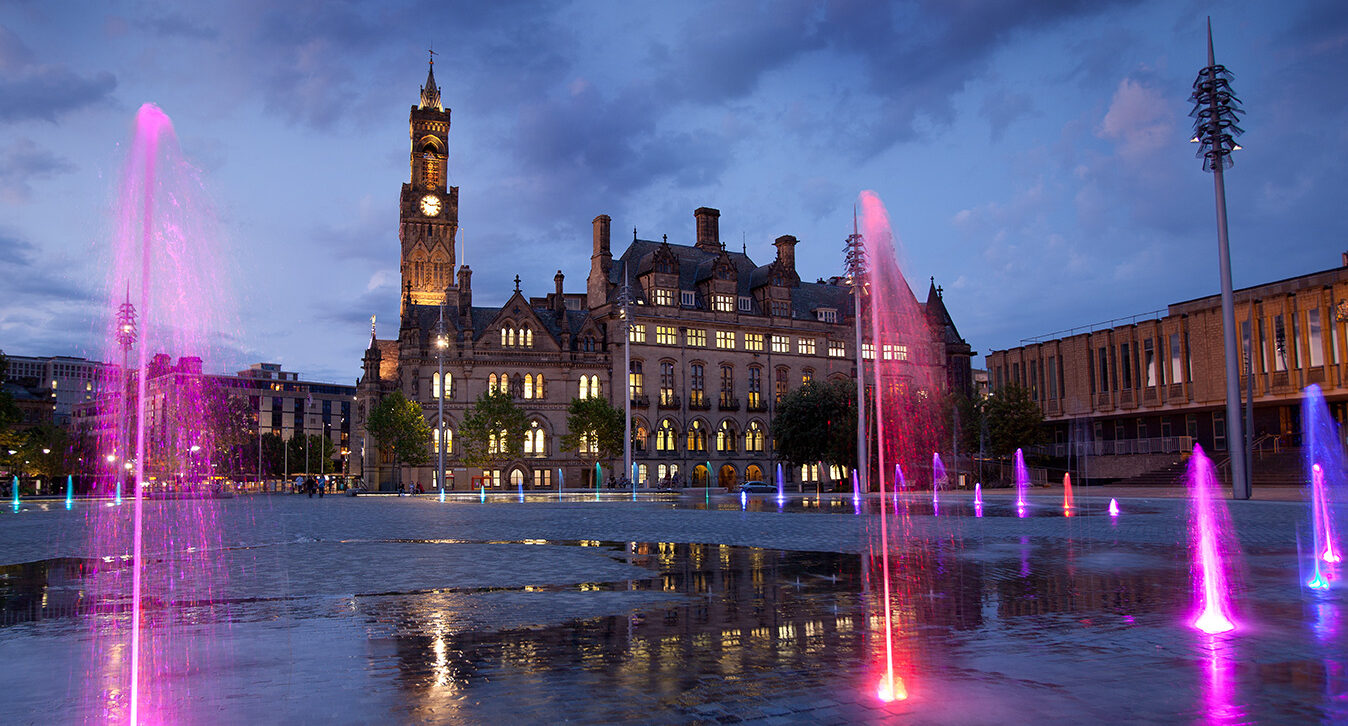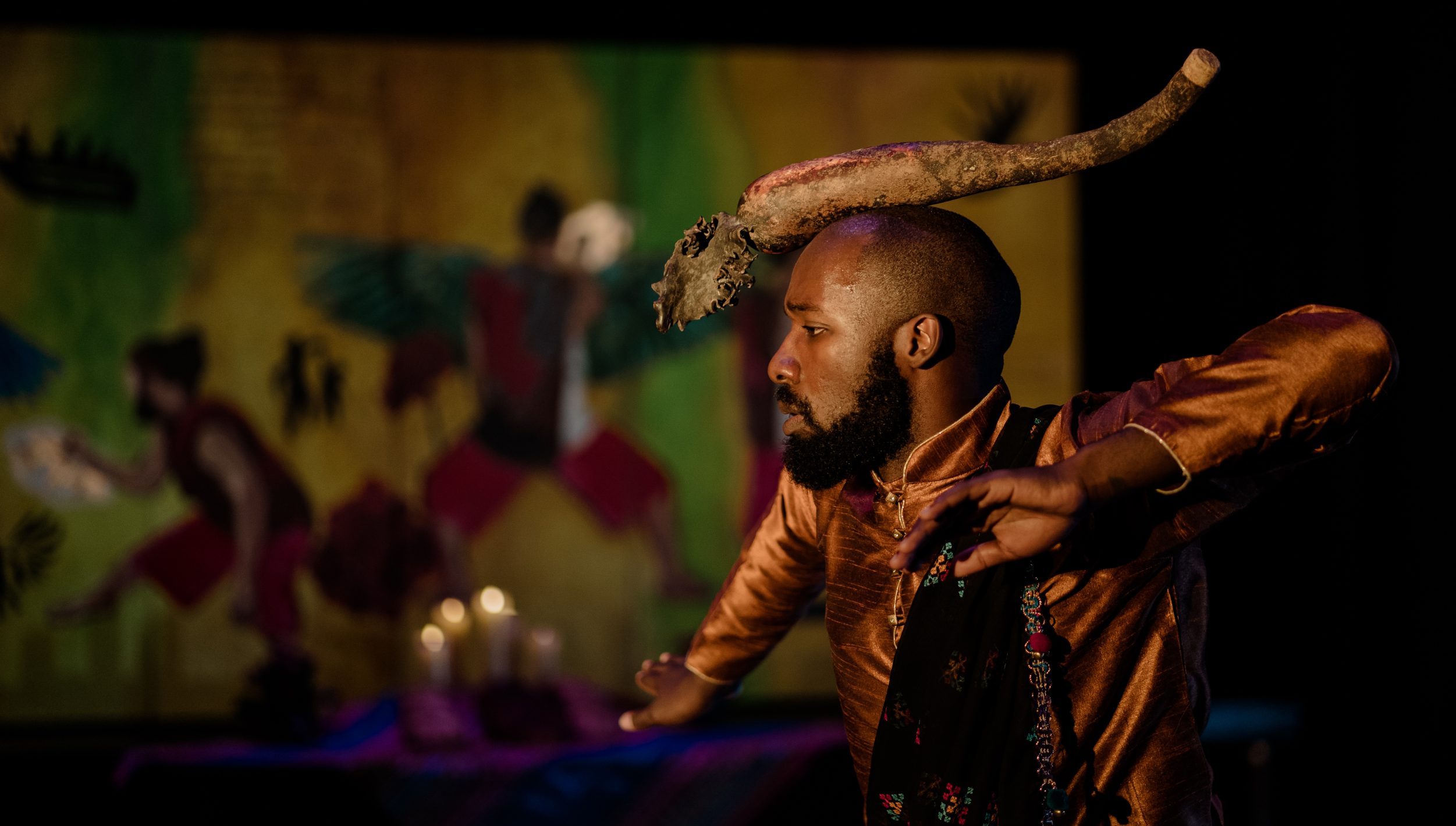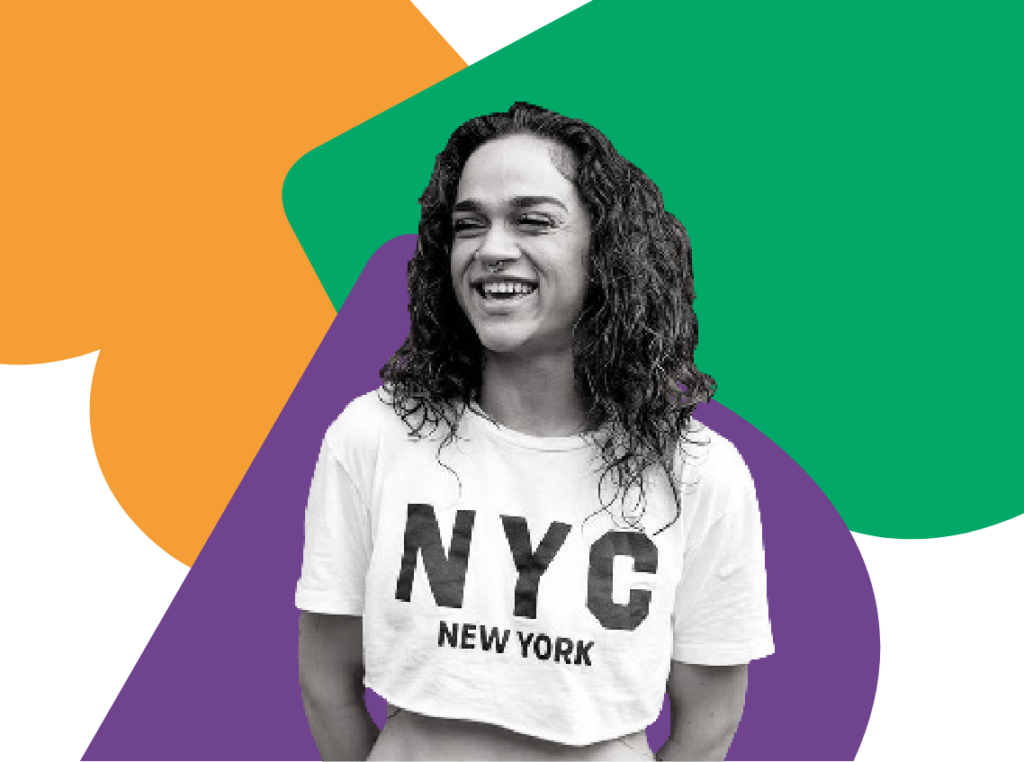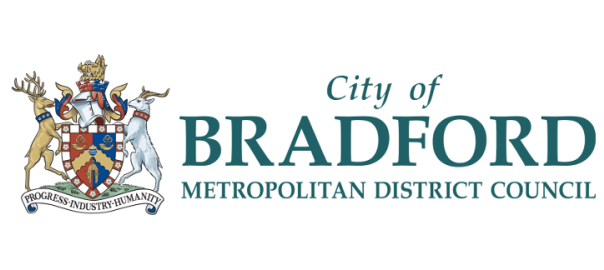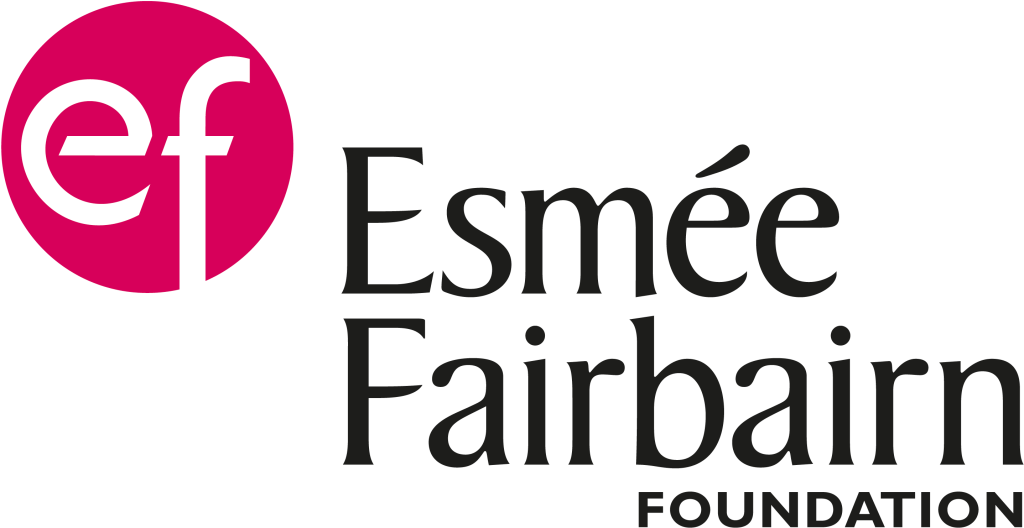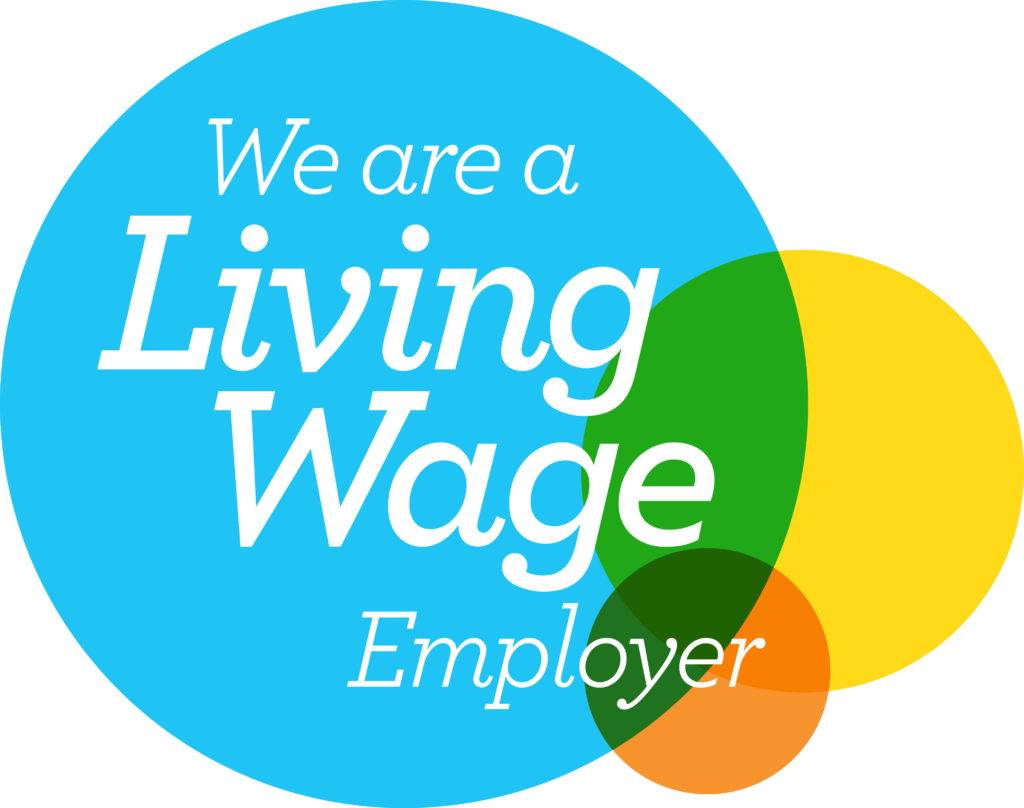Most survey respondents are currently ‘making do’ with workspaces which are not fit for purpose. Conditions include spaces without lifts or ramp access (inhibiting physical access as well as creative practices which involved heavy goods), poorly ventilated spaces, spaces without heating and natural light, insufficient home-working setups, ‘borrowed’ or in-kind setups, cafe working, spaces which aren’t lockable, which don’t have running water, are damp, and/or are too expensive. But more than anything, respondents identify the insecurity of temporary spaces as having a negative impact on their work.
For many, ‘meanwhile’ offers such as those facilitated through East Street Arts and Skippko have provided much-needed workspace but on a temporary, insecure lease (e.g. two-week notice periods to vacate) which has restricted their long-term planning, fundraising, community and wealth building, audience development, and placemaking. On the positive side, these spaces have been affordable, allowing for those with low disposable income to have space, and the legal administration has been taken care of by a facilitating agency.
In some instances, ‘meanwhile’ spaces have become increasingly established cultural infrastructures, where organisations have invested time and money, e.g. Common Wealth at Common Space, or Displace Yourself Theatre at The Place. However, many of these will soon be lost due to redevelopment, leading to wasted investment and increasing the demand for creative space.
East Street Arts are keen to continue to work with Bradford’s creative sector - they are currently playing an important role in securing a new, permanent, space for Keighley Creative. However, they also report facing barriers in contacting and liaising with landlords to open up new meanwhile use spaces.
A concerning proportion of Bradford’s established cultural organisations need new homes urgently or within the next 2 years including Allstar, Bradford Music Education Hub, Common Wealth, Cecil Green Arts, Displace Yourself Theatre, Impressions Gallery, Shipley Print Studio, Tranquil Productions.
Several potential new buildings and spaces have been viewed and discussed as part of this needs analysis and scoping exercise, including potential permanent and meanwhile-use spaces:
- 26 Piccadilly (potential use by/for Bradford 2025, and 2026+ legacy)
- Sackville St (potential commercial let)
- Bingley Town Hall (medium-term meanwhile-use feasibility study underway with CBMDC)
- Kirkgate Centre (meanwhile-use - existing East Street Arts supported spaces and remaining empty units)
- Bradford Resource Centre (scoping underway)
- Properties in the Heritage Action Zone
- Other empty spaces above shops
Developments that are already underway have not been included in this research, such as Keighley Creative and Bradford Arts Centre (formerly Kala Sangam). It should also be noted that there have been some excellent examples of successful creative developments over the past 15 years, including South Square Centre, Mind the Gap, Salts Works, and Wharf St. Studios. While these existing and new developments help meet the need to some extent, the demand identified far outweighs the capacity that will be provided.


